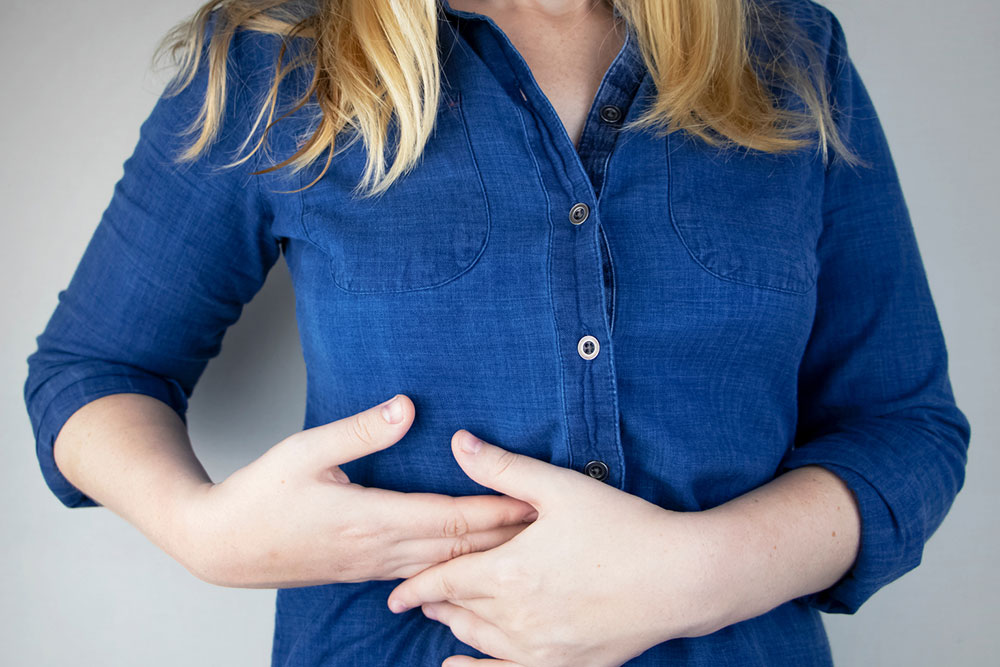
Fatty liver – Causes, symptoms, and management
Fatty liver, medically termed hepatic steatosis, occurs when an excess of fat builds up within the liver. While a minimal level of liver fat is considered normal, an excessive accumulation can pose a health concern. The liver is the second largest body organ and helps process the nutrients from drinks and foods. In addition, it also filters out harmful substances from the blood. Excessive liver fat can result in liver inflammation, causing fatty liver itching.
In addition, it might also damage the liver and result in scarring. In extreme cases, this scarring might trigger liver failure. This article sheds light on the cause, symptoms, and management options of fatty liver.
Symptoms
Typically, fatty liver does not trigger any symptoms. However, when one experiences any signs, these may be the following:
- Incomprehensible weight loss
- Pain in the abdomen’s upper right part
- Fatigue
When one has more severe fatty liver disease, they may experience the below-listed symptoms:
- Itching due to liver disease
- Black stools
- Swollen tummy
- Dark urine
- Bruising
- Yellow skin and eyes or jaundice
- Blood in vomit
One must see a doctor when they continually endure fatty liver itching or other listed symptoms.
Causes
Unfortunately, there is no clarity on what causes fatty liver, but genetics has a role to play. Studies suggest that some genes can aggravate the chances by up to 27 percent for a person to develop NAFLD. Beyond this, some other health conditions might also aggravate the susceptibility to developing itching due to liver disease.
Some such causes include the following:
- Type 2 diabetes
- Metabolic syndrome or a group of characteristics and conditions related to obesity
- High blood pressure
- Insulin resistance
In addition, high fat levels in the person’s blood, such as triglycerides or high cholesterol, may also amplify the risk of developing fatty liver disease. The triglycerides in the blood are high if they are over 150–199 milligrams per deciliter.
Some less prevalent fatty liver itching causes include rapid weight loss, hepatitis C infection, and ongoing treatment.
Diagnosis
Since many fatty liver disease cases do not trigger symptoms, healthcare experts are usually the first to detect them. Higher liver enzyme levels in a blood test may alarm the doctor. A spike in the liver enzyme is often the first sign of a liver injury. However, for a confident diagnosis, the healthcare professional may order the following tests:
- Liver biopsy: A doctor takes a tissue sample from the liver to assess how far the liver disease has progressed.
- FibroScan: It is a dedicated ultrasound often used in place of a liver biopsy to assess the degree of fat percentage and scar tissue in the liver.
- CT scan or ultrasound: It captures a picture of the liver.
Treatment
Sadly, there is no prescribed treatment for fatty liver disease. But one can manage it by making some amends to their lifestyle. It can help with the symptoms and may even help reverse the condition. In people with metabolic-associated fatty liver disease, doctors may recommend the following:
- Avoiding sugar
- Working out regularly
- Monitoring the blood sugar levels
- Avoiding treatment options that may damage the liver
- Treating high cholesterol if one has it
In addition, the doctor may suggest amends to the food on the plate to reduce the complications for people with fatty liver disease. For instance, they may recommend the following:
- Eating balanced meals: One can do this by selecting foods from all food groups. It comprises low-fat dairy, lean proteins, whole grains, vegetables, fresh fruits, and healthy oils and fats.
- Cutting down calories: This can be done by reducing the consumption of foods with little nutritional value and high calories.
- Increasing fiber intake: Fiber can help improve liver function. Some fiber-rich foods that one can include are legumes, whole grains, and fresh vegetables and fruits.
- Drinking plenty of water: One must keep themselves hydrated and have better liver health.
- Being physically active: One must try to work out most days of the week. One can speak to their doctor first if they have not been active for months.
- Reducing the intake of some foods: Doctors may also advise cutting down on the consumption of foods high in trans fat, usually found in fried foods, saturated fats present in fried foods and full-fat dairy products, refined carbohydrates found in white bread, sweets, refined grain products, and white rice, and sodium or salt.
Fatty liver disease complications
The primary complication of fatty liver disease is liver scarring, or cirrhosis. When the liver tries to inhibit the inflammation associated with these conditions, it results in scars. Over time, the inflammation spreads, and so do the scars. Consequently, the liver fails to perform its function, resulting in the following:
- Liver failure
- Liver cancer
- Drowsiness
- Confusion
- Fluid buildup in the abdomen
- Swollen esophagus veins, which may bleed and burst




